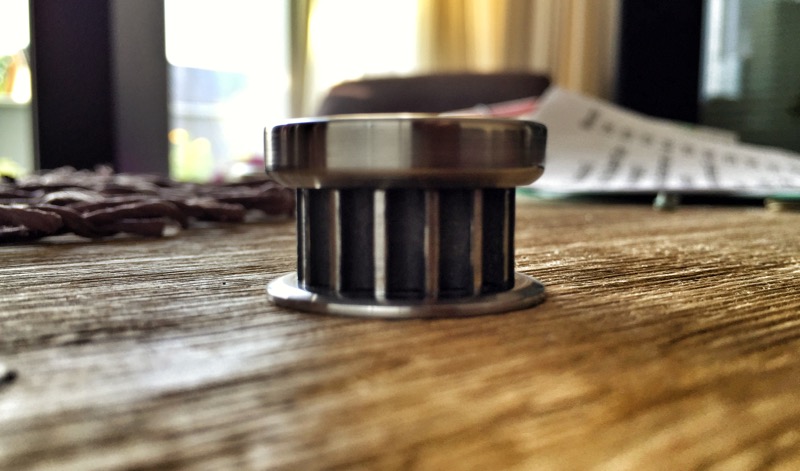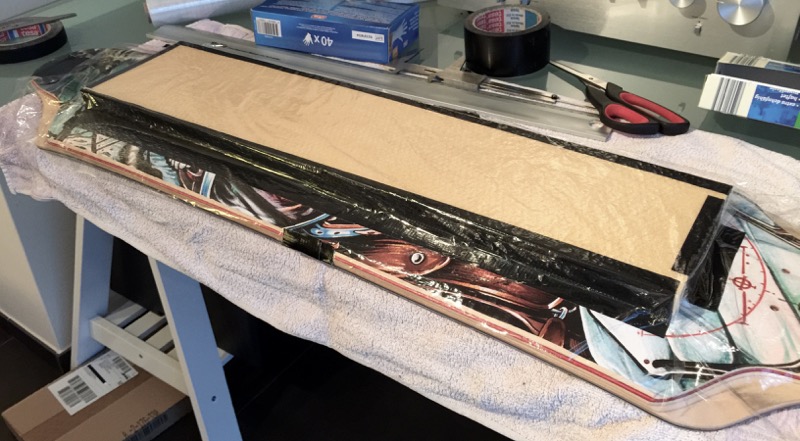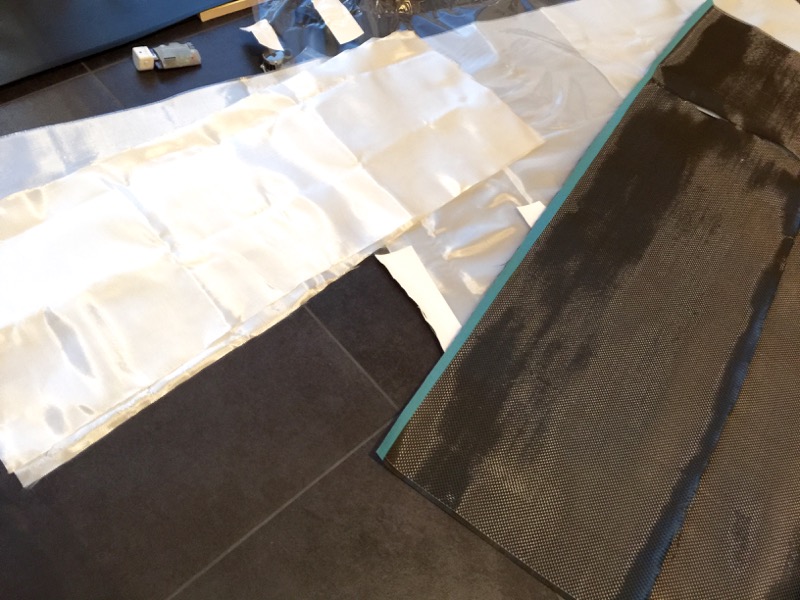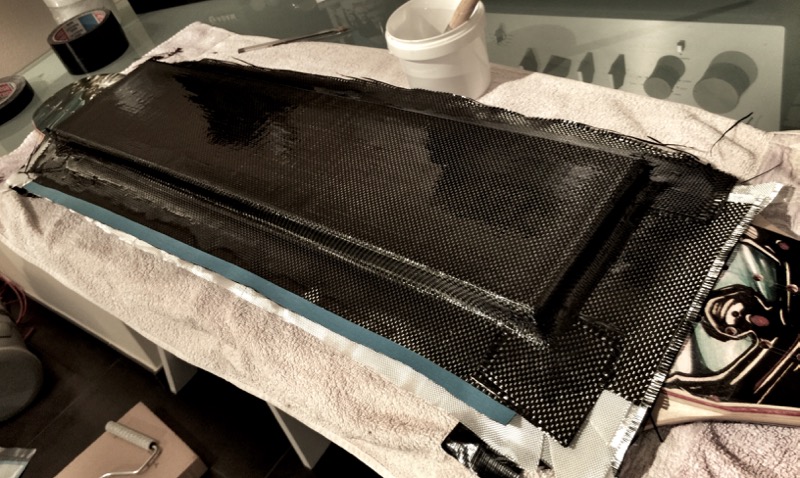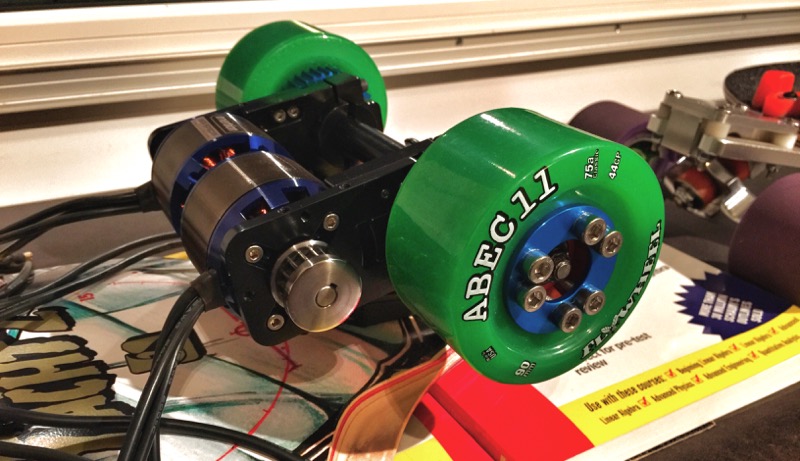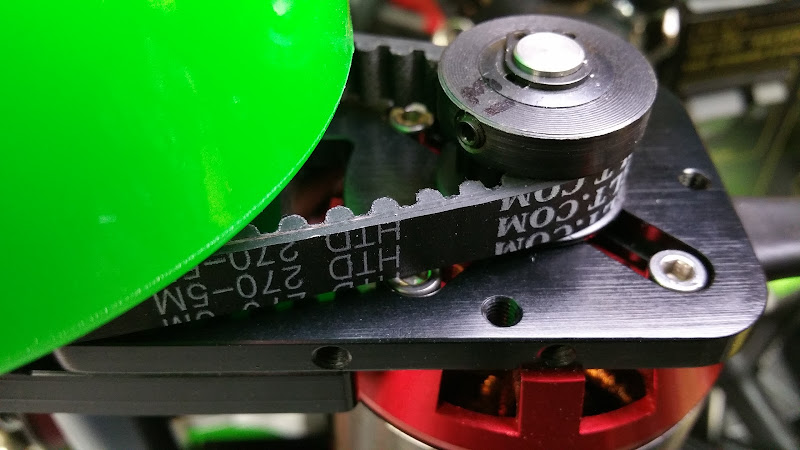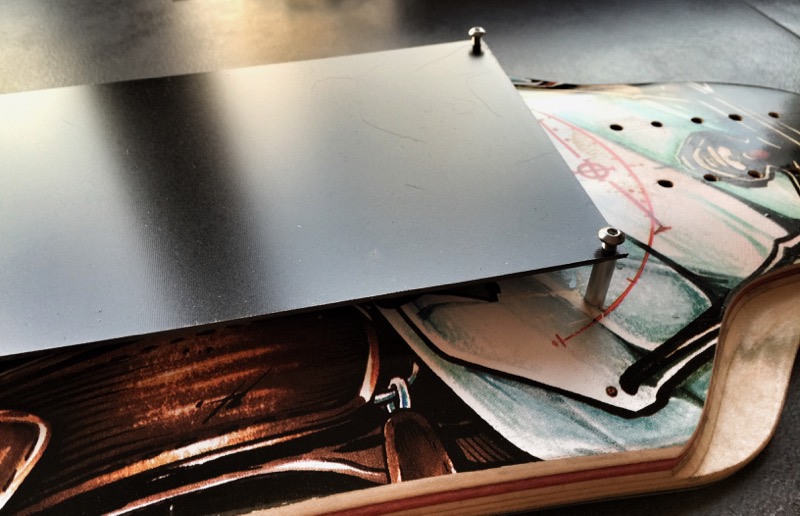whitepony
10 kW
- Joined
- Feb 19, 2015
- Messages
- 663
dnmun said:but there is no need to use solder wick. bare copper wire, called bus wire would work better and be 1/10 of the cost.
i am sorry you feel it is a 'downer' to try to inform people about the laws of physics and electrical conduction.
everyone feels most comfortable doing what someone else has done. fanboys feel they are doing the right thing if they follow the previous guys technique. that is more important to them than understanding the laws of physics.
like chaka correctly said - I just added 5mm^2 copper to the serial connections of 2 4P packs and copper wick was the only thing I had at hand. not sure why you kept making these remarks about laws of physics and electrical conduction, even after realising that you actually got it wrong. its sort of ironic too, cause im a physicist!
I dont think I did anything wrong besides that --- in fact I gave my first and also this 2nd battery a lot of thought, from individual cell load and correct cell choice over current capabilities of the connections and most simple/robust building order. I really think its easiest if you start with parallel cell packs first, since the nickel band on top and botton will stabilise the individual packs nicely for further connections. also, that way you will have exactly 2 balancer cables per serial pack.
just out of curiosity - how would YOU build this 10S4P pack? would you rather wire 10 cells in serial and then connect them in parallel at the end with a giant mess of balancer cables? that doesnt sound very practical at all, also the 10cell serial packs wont be mechanically robust since youll alternate connections on top/bottom unlike the 4cell parallel packs. dont really get your criticism at all the more I think about it. :?
@chaka: hmm, I didnt really think about faulty cells - guess thats always annoying in a spot welded pack anyway. is that a common phenomenon in a large batterypack with comparably low load?


